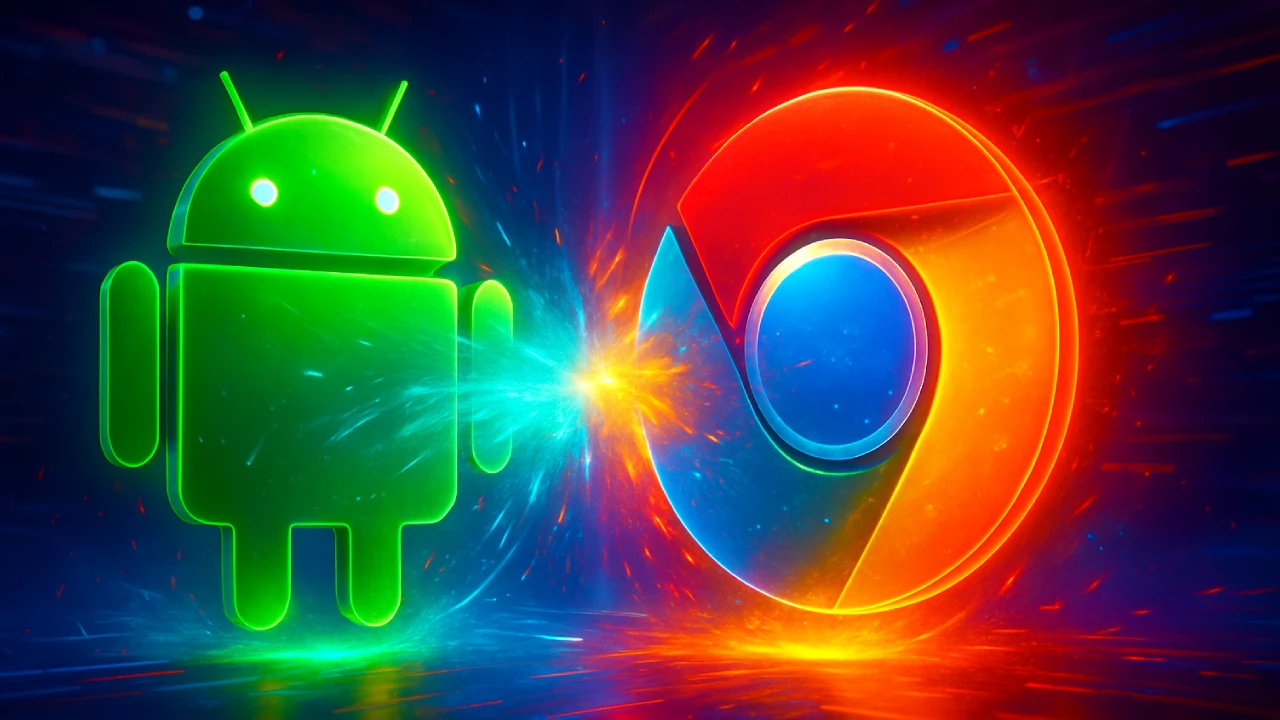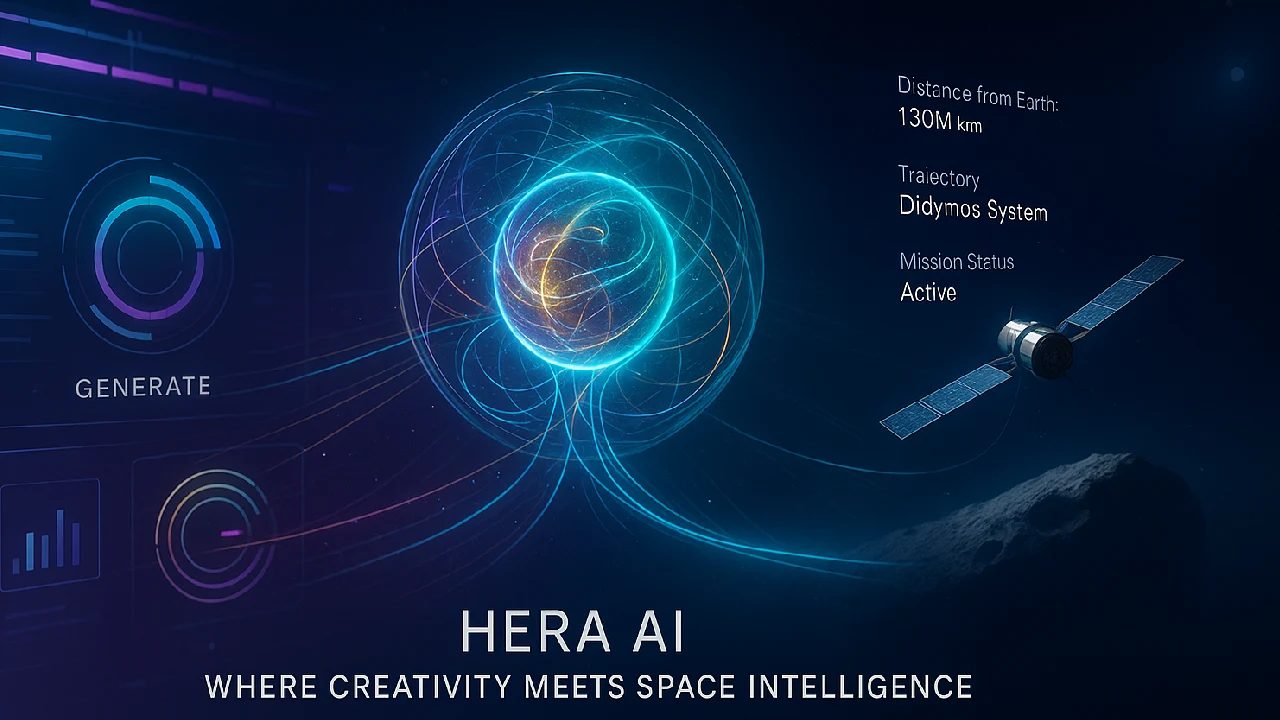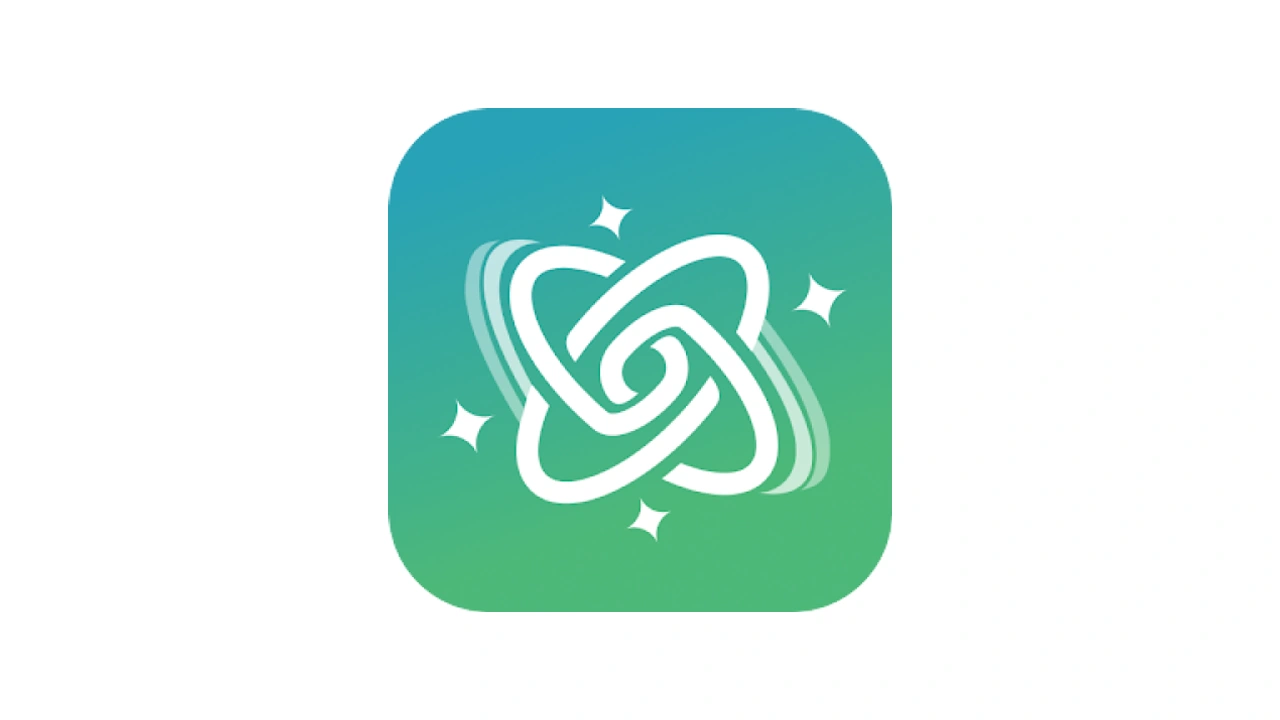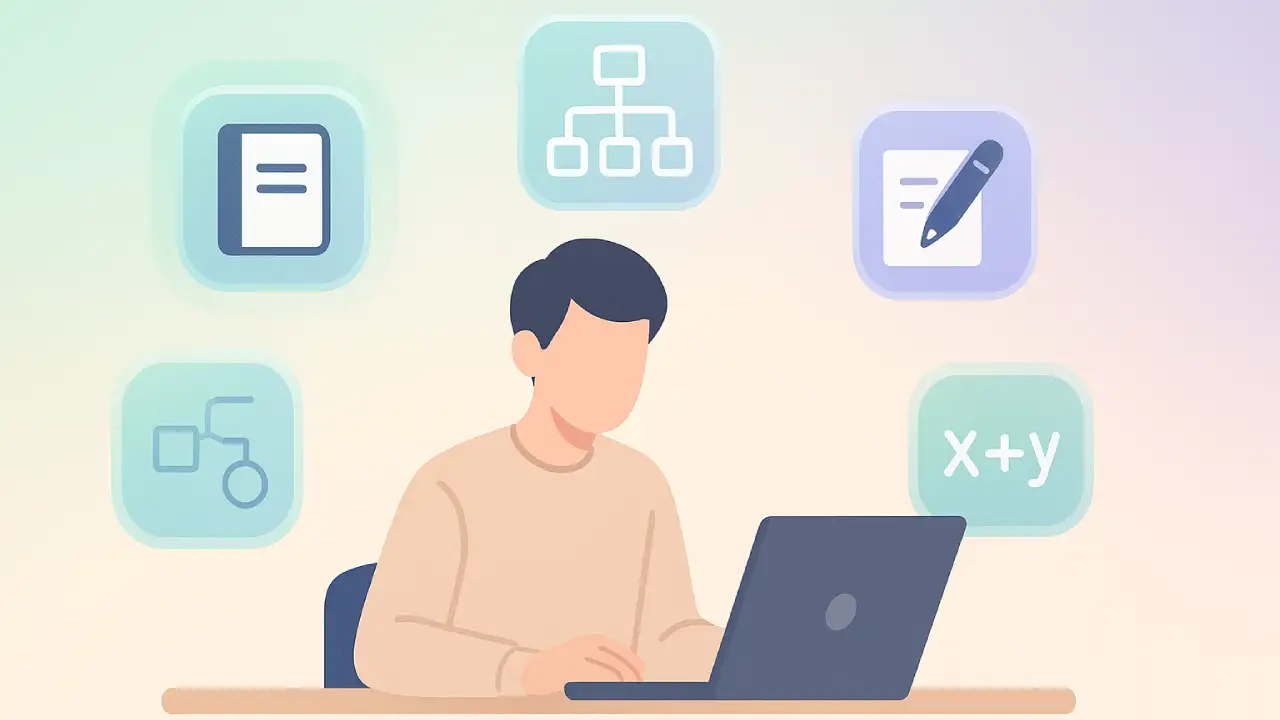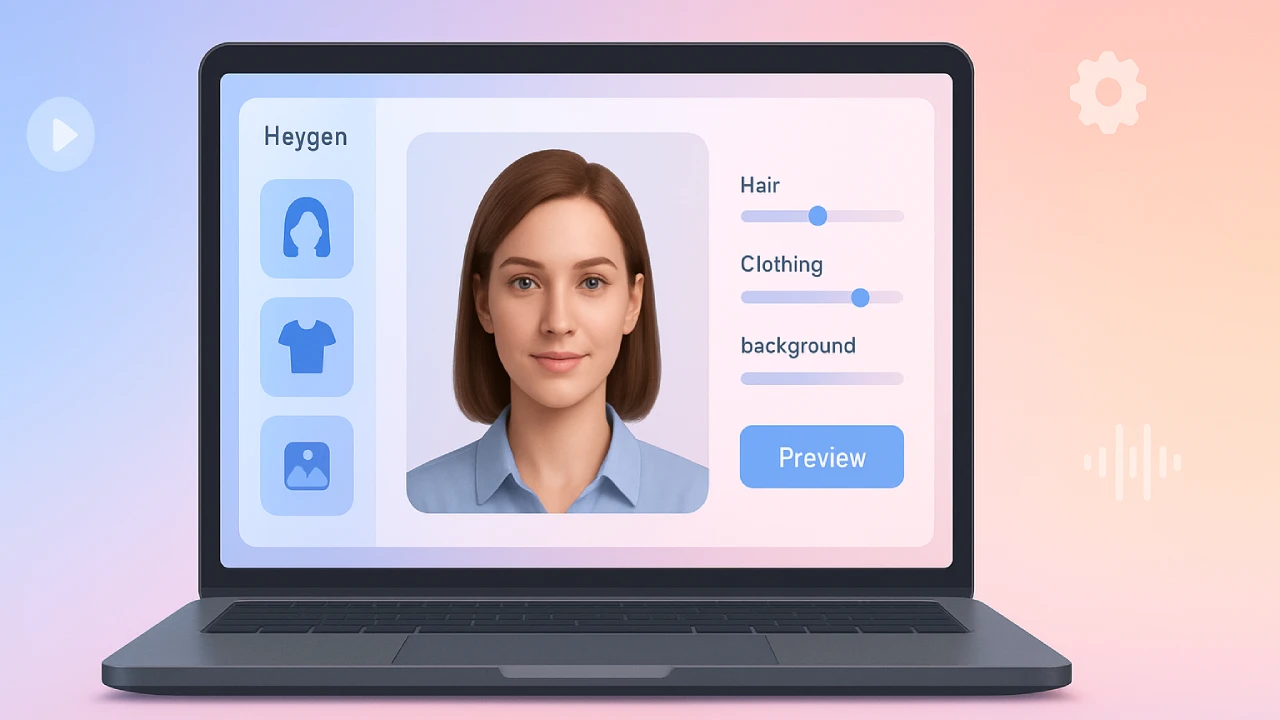Google has officially confirmed it’s combining ChromeOS and Android into a single platform. Rumors have been swirling about this significant move for years, but now it’s official. The goal is to create a more connected experience across phones, tablets, and laptops.
Here’s everything you need to know about how it will work, why Google is doing it, and what it means for users and developers.
Why Google Is Doing This
Learning from Apple and Microsoft
Sameer Samat, the head of Android at Google, shared in a recent interview that this merger is about creating a better user experience. Google wants to learn from how people use their laptops—especially Apple users—and apply that to its ecosystem.
The company hopes to
- Improve how Android works on bigger screens
- Make switching between devices smoother
- Compete with Apple and Microsoft, who already offer seamless cross-device experiences
How the Merge Will Happen
Google isn’t creating a new operating system. Instead, it plans to move ChromeOS onto Android. This means that Android will become the base system, and ChromeOS features will be added on top.
The process started in 2023, with technical changes rolling out in 2024. One example is Android features being added to Chromebooks to support multitasking and larger screens.
Key Features Coming Soon
1. Desktop Mode on Android
Android is adding a better desktop experience. You’ll be able to open multiple windows, resize them, and connect to external displays—similar to using a regular laptop.
2. Better App Design
With Android’s new Material 3 design, apps will adjust to fit different screen sizes. Whether you’re on a tablet or a large monitor, apps will feel natural and easier to use.
3. Built-in AI and Linux Tools
Android will support Linux features and offer more AI tools. This helps developers build more powerful apps and gives users better personalization and performance.
What This Means for You
If you use Android or a Chromebook, here’s how the new system could help you:
| Feature | Benefit |
|---|---|
| One app store | Use the same apps on all your devices |
| Smooth switching | Move between your phone, tablet, and laptop easily |
| Better gaming | Android games will run better on laptops |
| AI help | Smarter tools across all devices |
| Improved apps | Apps will work better on big screens |
What Developers Should Expect
For app developers, this change could make life easier. Instead of building different versions for Android and ChromeOS, they can focus on one app that works everywhere.
Key benefits:
- One codebase for phones, tablets, and laptops
- Consistent app design and experience
- Better tools for building desktop-friendly apps
- Support for advanced design frameworks like Jetpack Compose
When Will It Launch?
Google hasn’t announced an exact launch date, but work has already started:
- 2023: Development begins
- 2024: First changes rolled out in ChromeOS
- Late 2025: Developer previews may be released
- 2026: A Pixel laptop could be the first device with the new system
The switch to new Chromebooks and Android devices will take years.
What Could Go Wrong?
While the idea sounds promising, there are challenges:
- Older Chromebooks with Intel processors may not work well with Android
- ChromeOS gets updates faster than Android—this could change
- Tools for schools and businesses may need major changes
- Some users are worried about performance and software delays
Final Thoughts
Google’s decision to merge ChromeOS and Android is a big step toward a simpler and more connected digital life. With one platform for all types of devices, Google hopes to make its ecosystem more powerful and user-friendly.
As Android 16 rolls out and new devices launch, we’ll get a clearer picture of how this new system works. Whether you’re a student, a gamer, or a developer, this change will likely shape the way you use your devices in the future.

